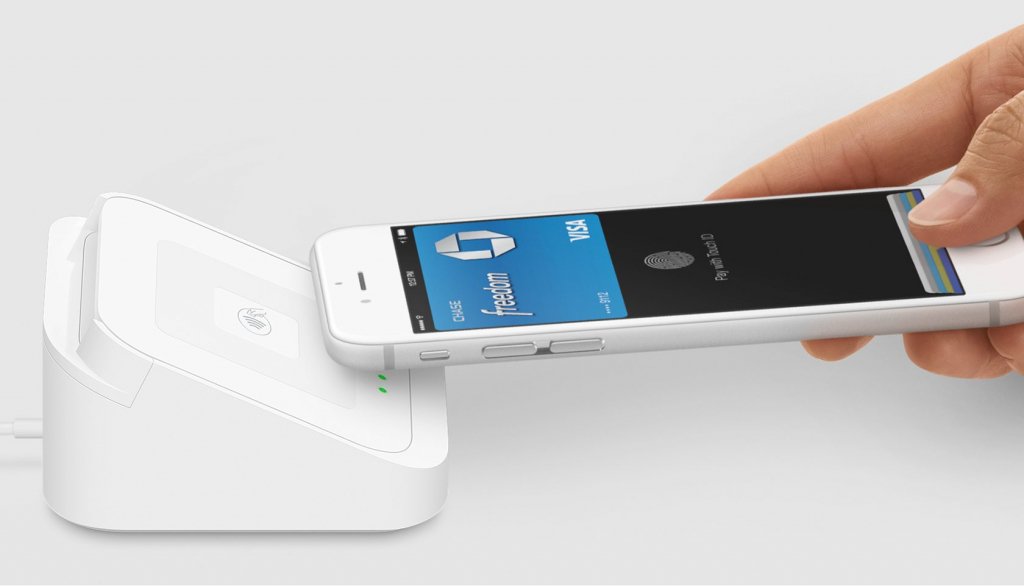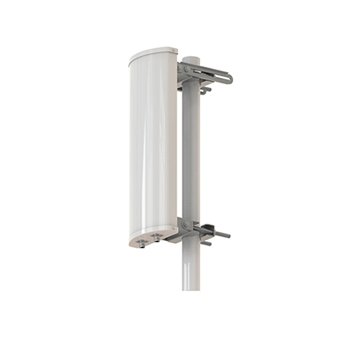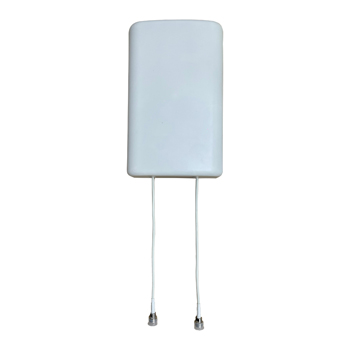Consumer electronic devices have multiplied in the last few years, whether they are wearables, smartphones, public administration systems, or everyday gadgets. Over the years, users have now transitioned to contactless, convenient, and safe interactions with the help of technologies. NFC, or Near-Field Communication, is among the frontrunners of this worldwide transformation.
This article covers the entirety of what NFC is, how it works, its technical specifications, and some popular applications.
Table of Contents
ToggleWhat is NFC – Near-Field Communication?
Have you ever used your smartphone to exchange information just with a tap? Do you use contactless cards where you can just tap and make transactions? If yes, then the chances are that you have already experienced NFC in your life more than you think.

Near-field Communication, or NFC, is a contactless proximity technology operating on short-range Radio Frequency. NFC leverages magnetic field induction to allow communication between devices within a narrow range of a few centimeters. NFC applications like contactless payment, access control IDs, transferring data, and accessing links are some popular implementations of NFC.
Back in 2002, Phillips and Sony (now NXP) provided momentum to the NFC development by defining technology specifications. 2 years later NFC Forum was founded in 2004 for developments and deployments of NFC. The forum defined specifications for interoperability and encouraged NFC implementations worldwide. Since then, many smart phones, public transports, and payment mediums are using NFC now.
How does NFC work?
NFC is developed on top of the RFID technology standards and specifications, including ISO/IEC 14443 and ISO/IEC 15963. NFC uses a different wireless communication concept of magnetic field induction than wireless radio wave propagation. Magnetic field induction of NFC has a key characteristic of fading away quicker than radio waves, which drastically reduces any chances of eavesdropping.
The magnetic field induction makes NFC suitable for sensitive interactions such as payment transfers, access control, contact exchange, and much more. On top of this, NFC also provides a handful of cryptographic mechanisms to protect the user further. Public-key cryptography in NFC generates an authentication key for every transaction and protects the card details. This further enforces data security against any possible eavesdropping occurrence.
NFC also leverages peer-to-peer connectivity (P2P), which transforms the traditional RFID or payment cards from a one-way interaction of (passive tags & readers) to interactions between two smart devices in a unique private network. NFC has also addressed security vulnerabilities where malicious contact interactions can be filtered and avoided. Smart devices can build end applications on top of these queries such as opening web links in the browser, accessing particular apps, and saving a contact.
Technical specifications of Near-field communication (NFC)
NFC complies with two major standards when it comes to specifications and implementations. The two standards are ISO/IEC 14443 and ISO/IEC 18000-3. ISO/IEC 14443 is to standardize NFC cards that can store information in NFC tags. Moreover, ISO/IEC 18000-3 standardizes the communication specifications for NFC devices.
NFC communication takes place on an operating frequency of 13.56 MHz, similar to HF RFID cards. As such, NFC communication has a wavelength of 22 meters. Most NFC tags can provide many years of life and performance through various environmental conditions. Most NFC tags have a varied communication range between several inches. With antenna and a small SoC (System-on-Chip), NFC can be in the form of a small sticker and can be placed almost anywhere.
What can Tesswave do for you?
Tesswave provide 100+ antenna products and you can contact us for antenna customized solutions, get in touch with us today to get a Free quote.
Get an Instant Quote
Get a FREE quote and we will contact you within an hour
Various popular applications of NFC
NFC has been trending lately with drastic lifestyle changes over the years. With a 14.8% CAGR, the NFC market will amount to $54.52 billion by 2029, as per Adroit Market Research. While the numbers show an outstanding commitment, the number of popular NFC applications confirms it.
1. Contactless payment:
Contactless payment cards are the most popular application of NFC technology. The NFC payment cards are already widely acclaimed across the globe and have been serving users flawlessly to pay quickly, accurately, and safely.
2. NFC for marketing and advertising
Interactive advertisements that can lead to some call-to-action have much better results, conversions, and audience interests. NFC can be used for such marketing interaction through posters and products that redirect the user to more information, making processes, or some exciting insights.
3. NFC business cards
NFC can help transform traditional business cards by making it easier for the receiver to access and store the card’s contact information. Tapping on an NFC business card can allow the user to access contact information without any need to carry a physical card.
4. Access control with NFC keys
NFC is safe and trusted enough for any access control need. Through the NFC key-based access control, no unauthorized person can get access to a room or a machine. NFC-based authorizations can also help log and backtrack any event occurrences.
5. Ticket redemption at parks and events
Paying through cash for every ride or at every food counter again would not be the most convenient way for customers visiting amusement parks and public events. Instead, through prepaid NFC vouchers, one can pay on the go through a wearable or a card. It’s easy, fun, and rewarding for businesses.
6. Lock-unlock using NFC
NFC can also be used to limit or allow the use of certain products or services. For instance, with NFC-based lock-unlock, vehicle renters can rent their properties for a certain amount of time and can then limit their access accordingly.
7. Easy hardware pairing
Tap-to-pair is a very helpful and convenient concept as users adapt to more hardware that works with each other. That’s where NFC can play an excellent role in interacting and pairing with quick and efficient operation.
Devices that support NFC: Smartphones to Smartwatches
NFC offers some unparalleled advantages to consumer devices such as smartphones, smartwatches and other wearables. As such, NFC has slowly grown to be a part of many different devices. Back in the day in 2006, Nokia was the first one to launch a phone with NFC provision (Nokia 6131). Soon, in 2010, the first Android device to support NFC was launched by Samsung as Samsung NEXUS S.
Over the years now, most of the popular flagship smartphones support NFC. These smartphones include the frontrunners such as Apple’s iPhones and leading Android devices from brands like Samsung. Furthermore, payment facilities of NFC have grown worldwide with Apple Pay and Google Pay. Likewise, leading smartwatches such as Apple Watch also support NFC.
Not only smartwatches and smartphones but NFC is now supported with other devices as well including smart TVs, cars, and many others. These growing market penetration of NFC makes it an integral technology.
Comparing NFC with its peers: NFC vs. RFID vs. Bluetooth
Three of the most popular short-range communication technologies are NFC, RFID, and Bluetooth. Here is a breakdown of their comparison:
- Speed:
Bluetooth is the fastest of the three when it comes to data transfer, as the other two are not meant for exclusive data transfer needs. Meanwhile, NFC and RFID are objectively fast too, with almost the same speed.
- Range of operation:
NFC has the shortest communication range. Particularly for proximity needs, it operates within a few inches. RFID can also operate in the same short range, while there are high-frequency tags that can provide a range of a few meters. Bluetooth has the highest range of 150m in line of sight.
- Data size:
NFC and RFID are used to transfer the smallest size of data just for authentication purposes, while Bluetooth can even transfer files and documents.
- Communication:
Unlike RFID, which is one-way communication from the tag to the reader, NFC operates in a bidirectional manner. Bluetooth also allows two-way communication with full functionality and provision.
Summary
It’s safe to assume that NFC’s growth will only accelerate moving forward. The popularity of NFC in the retail and consumer industries makes it a prominent focus among leaders. In addition, the unique and firm position of NFC as a very short-range wireless technology makes it an indispensable part of upcoming innovations.








